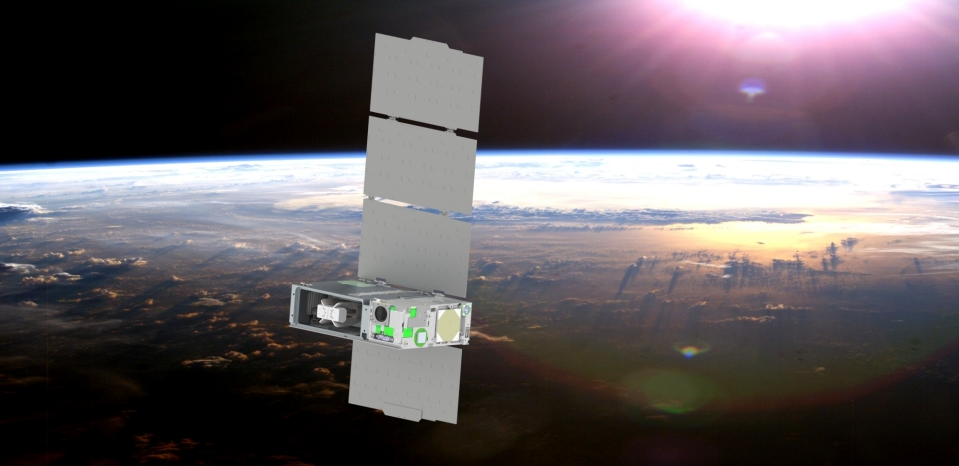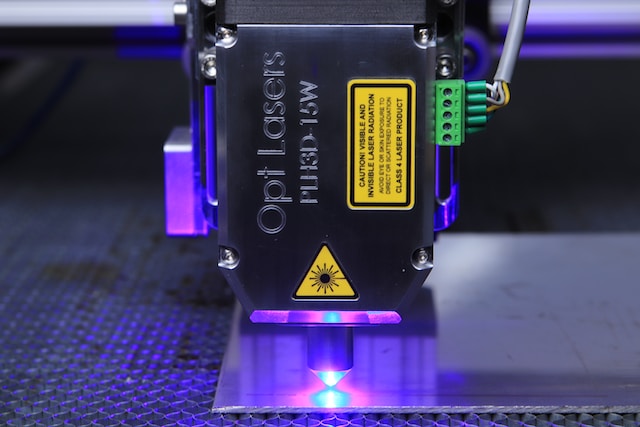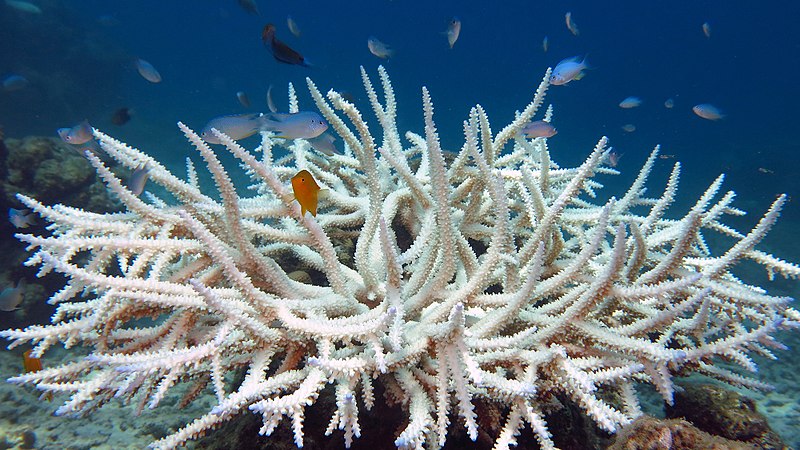NASA is launching a $4 million miniature satellite about the size of a ‘family-sized box of Cheerios’ into space. It will head to space on a United Launch Alliance Atlas V rocket today on Sep 27th at 14:11 EDT. It will be launched from Vandenberg Space Force Base in Lompoc, California.
Called, Colorado Ultraviolet Transit Experiment (CUTE), the spacecraft is a cube satellite (CubeSat) that will orbit the earth for two and a half years. It will look at the physics of distant exoplanets known as ‘hot Jupiters’ including KELT-9b to measure how fast gases are escaping from them.
According to NASA, ‘hot Jupiter’ planets are gaseous giants that orbit their stars in proximity. These are similar in size, or larger than Jupiter.
KELT-9b is considered the hottest planet ever found
KELT-9b has surface temperatures of 7,800 degrees Fahrenheit (4,300 degrees Celsius). KELT-9b’s host star is twice as hot as the Sun in our Solar System. Because it is parked so close to its parent star, KELT-9B receives a tremendous amount of radiation.
What are nanosatellites?
NASA defines these miniature satellites as nanosatellites that use a standard size of 10cm x 10cm x 10cm (4 in x 4 in x 4 in). Most often made of commercial off-the-shelf products, these can be joined together to form a bigger structure. Nanosatellites are a low-cost option for space exploration, therefore an excellent teaching tool for university projects.







